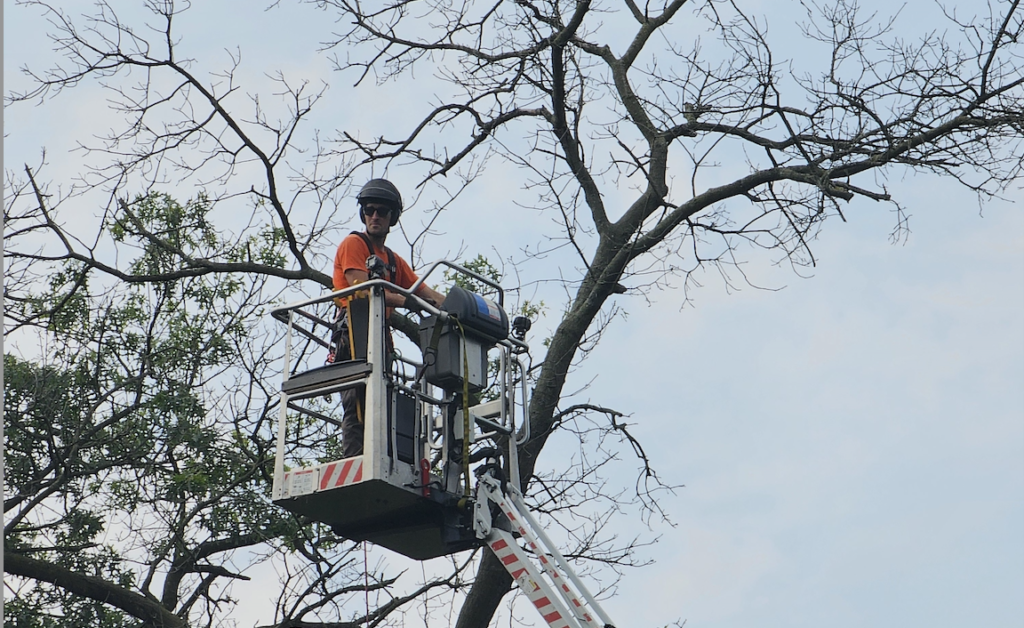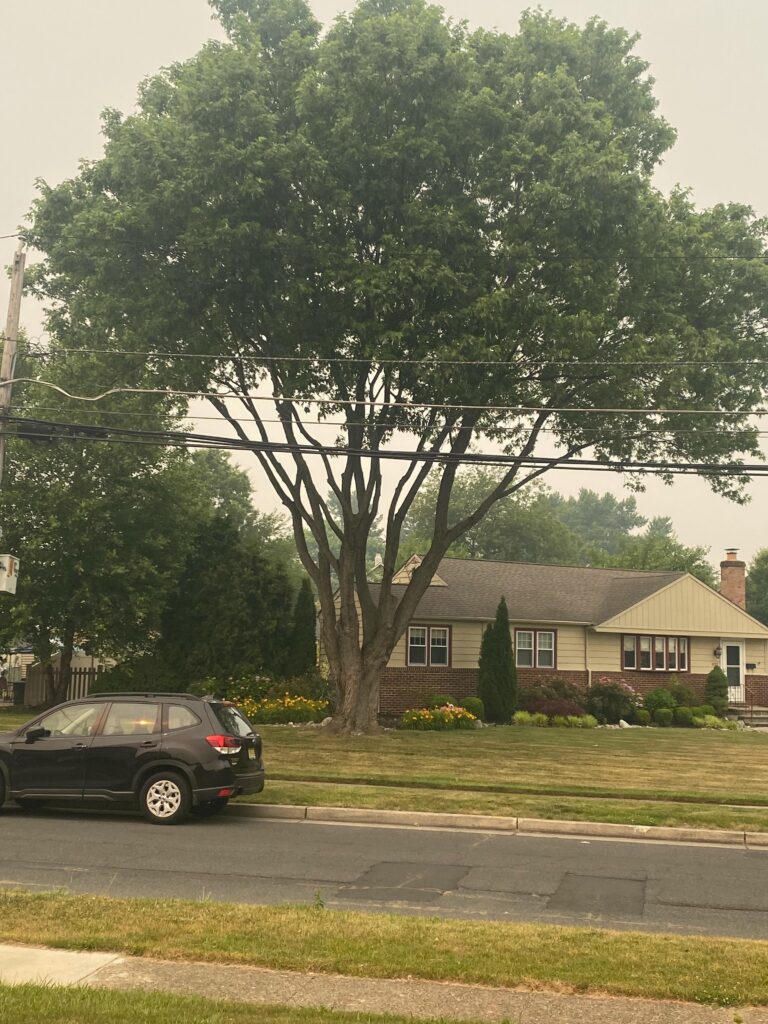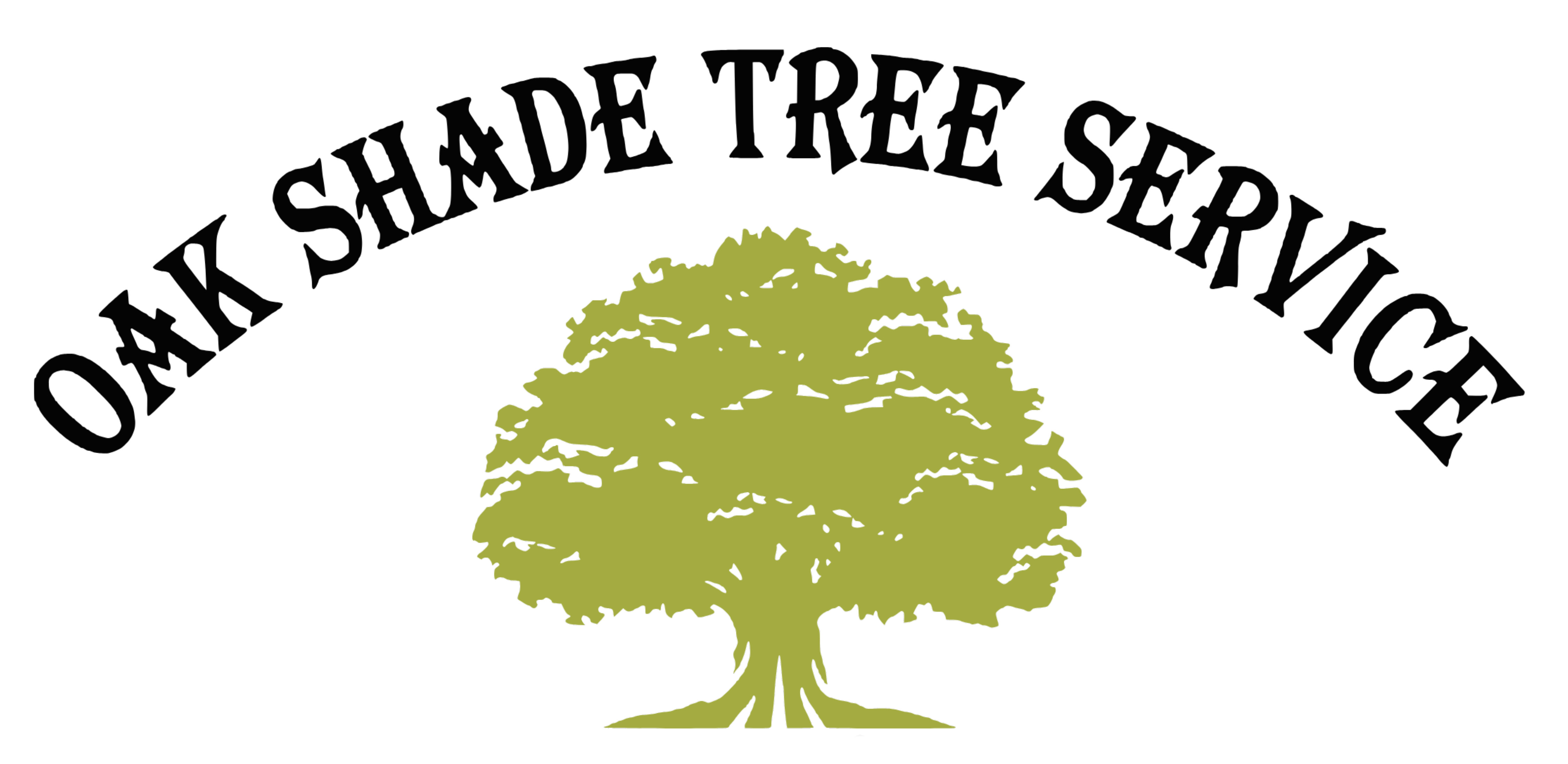Here are some of the most common poor practices in tree care:

This is when the top of the tree is cut off, leaving large, unsightly stubs. It severely weakens the tree, promotes decay, and can lead to long-term health problems or death.
Cutting branches at the wrong place or using incorrect techniques can damage trees, leaving them vulnerable to disease, pests, and decay. Poor pruning can also disrupt a tree’s natural growth pattern.
Removing too many branches at once can stress the tree, reducing its ability to photosynthesize and recover from the cuts. This can weaken the tree and shorten its lifespan.

Using climbing spikes for non-removal work can damage the bark and cambium layer of a tree, opening it up to infections and pests. This practice should be avoided unless the tree is being removed.
Using heavy machinery around trees, especially near the root zone, can cause compaction of the soil, which reduces oxygen availability to the roots, negatively affecting tree health.
Tree work is inherently dangerous. Companies that don’t follow safety standards put workers and property at risk, which can lead to accidents, injuries, and property damage.
Cutting branches too far away from the trunk leaves stubs that don’t heal properly, leading to decay and attracting pests.

Excavation or construction near trees can damage roots. Ignoring this can lead to tree instability and eventual decline.
Failing to plan and execute safe tree removal can result in damage to nearby property, power lines, or even injury to people.
“Lion’s tailing” a tree is a poor pruning practice where the interior branches and foliage of a tree are excessively removed, leaving only a tuft of leaves at the ends of the branches. This gives the branches the appearance of a lion’s tail, hence the name.

Proper pruning focuses on maintaining the natural form and balance of the tree while improving its health, structure, and safety. Lion’s tailing, in contrast, compromises these principles and can severely affect the longevity and stability of the tree.
Tree topping is a harmful tree-pruning practice where the top of the tree’s crown is removed, cutting off the main branches, often leaving large, bare stubs. This is typically done to reduce the height of the tree, but it leads to numerous negative consequences for the tree’s health and structure.

Proper pruning should focus on maintaining the tree’s structure and health without compromising its natural shape or function. Topping does the opposite and is widely considered an unsafe and destructive practice.
